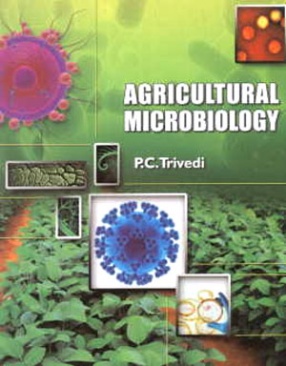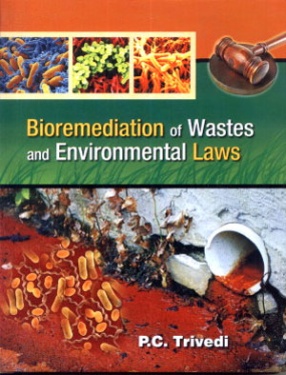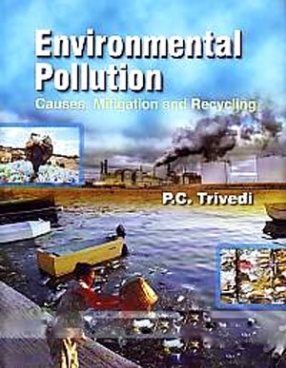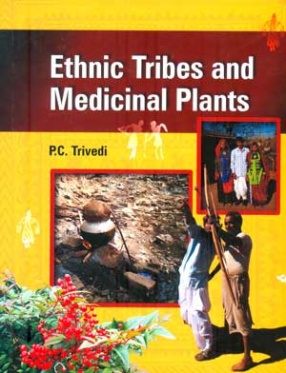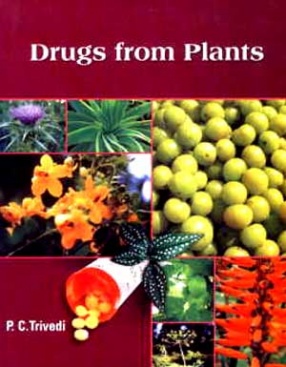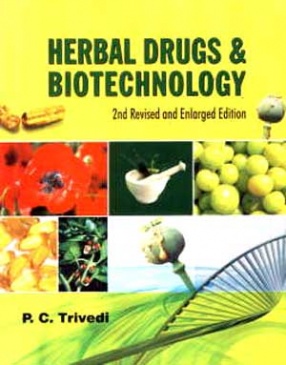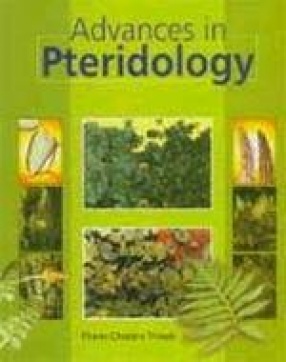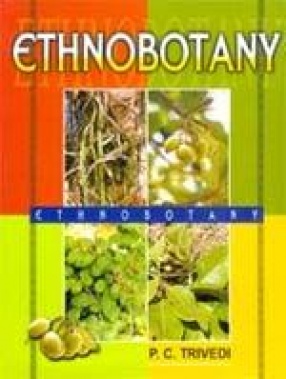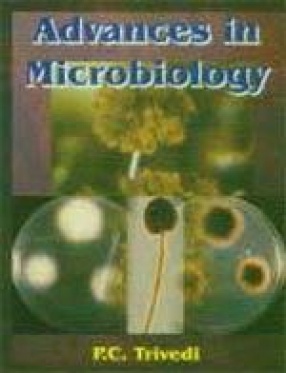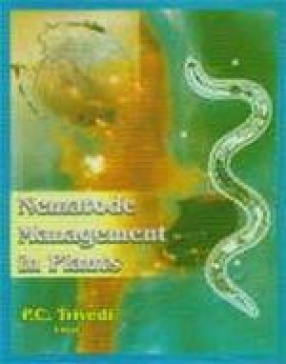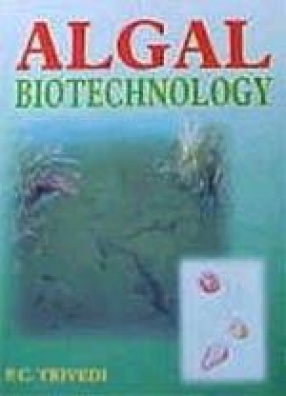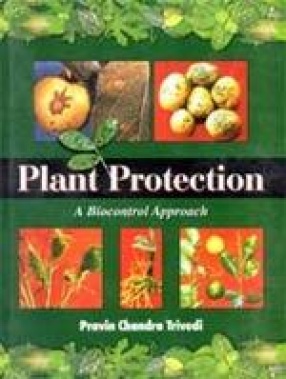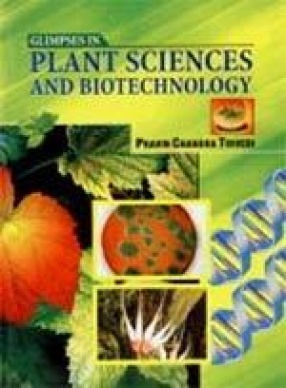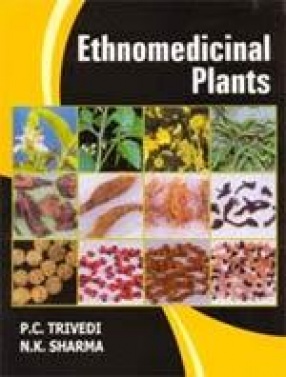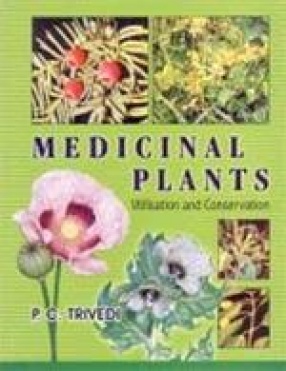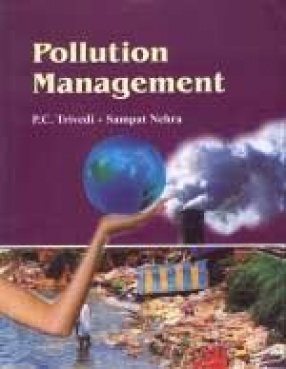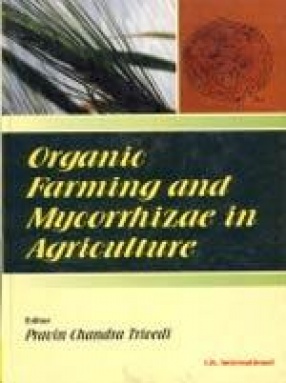-
×
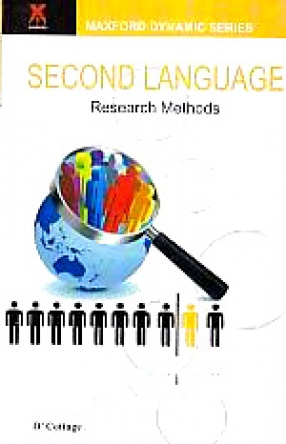 Second Language Research Methods
1 × $59.40
Second Language Research Methods
1 × $59.40 -
×
 Current Trends in Indian Environment
1 × $19.80
Current Trends in Indian Environment
1 × $19.80 -
×
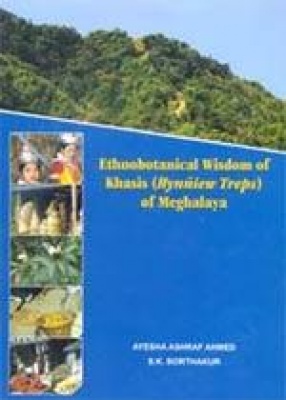 Ethnobotanical Wisdom of Khasis (Hynniew Treps) of Meghalaya
1 × $56.70
Ethnobotanical Wisdom of Khasis (Hynniew Treps) of Meghalaya
1 × $56.70 -
×
 Art of Glass: Ancient to Medieval Period
1 × $99.00
Art of Glass: Ancient to Medieval Period
1 × $99.00 -
×
 Beeja-Mantra and Other Stories
1 × $13.50
Beeja-Mantra and Other Stories
1 × $13.50
Subtotal: $248.40

 Second Language Research Methods
Second Language Research Methods  Current Trends in Indian Environment
Current Trends in Indian Environment  Ethnobotanical Wisdom of Khasis (Hynniew Treps) of Meghalaya
Ethnobotanical Wisdom of Khasis (Hynniew Treps) of Meghalaya  Art of Glass: Ancient to Medieval Period
Art of Glass: Ancient to Medieval Period  Beeja-Mantra and Other Stories
Beeja-Mantra and Other Stories 